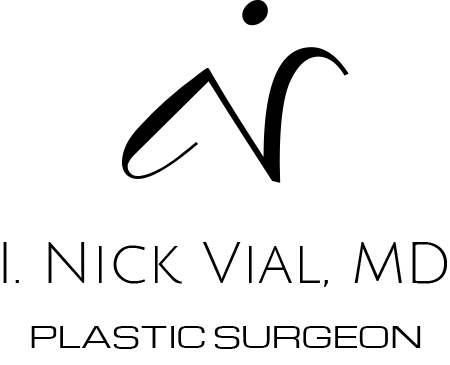Macromastia is a condition characterized by large breasts. Women with macromastia can seek breast reduction surgery if they are unhappy with their breast size or are experiencing symptoms of discomfort. Symptoms can include back pain, bra shoulder grooving, rashes under the breast, and discomfort while exercising. Breast reduction surgery reduces the size of the breast; during the procedure, the size of the areola is also reduced, and the nipple is placed in a more youthful position.

What is breast reduction?
Breast reduction is a surgical procedure that removes extra tissues from the breast. In some cases, the surgeon may also reposition the nipples in a more youthful position. If you have large breasts that cause body pains, backaches, neck pain, and discomfort during exercise, you might consider undergoing breast reduction to relieve these symptoms.
Is breast reduction covered by insurance?
Breast reduction surgery can be covered by insurance if certain criteria are met. These criteria differ by insurer, but all require the removal of a substantial amount of breast tissue. A cosmetic breast reduction, unlike one covered by insurance, can remove a smaller amount of breast tissue to achieve a desired size and look. Medicaid of Oregon does not cover breast reduction.
Who is a candidate for breast reduction:
In general, candidates for breast reduction:
- Are in good physical and mental health
- Do not have underlying medical conditions that preclude surgery
- Are at their goal weight with a body mass index below 35
- Have an up-to-date mammogram, if over 30 years old
- Are non-smokers or are willing to stop smoking one month before and one month after the procedure
- Do not use nicotine products, or are willing to quit using products one month before and one month after the procedure (gum, chews, patch, vape)
- Are not exposed to second-hand smoke
- Have realistic expectations from the surgery
- Want to reduce their breast size
What are the types of breast reduction? Will breast reduction leave scars?
Breast reduction scars become larger and more complex as the amount of breast tissue removed increases. As more breast tissue is removed, more skin is left behind. The excess skin must be removed to avoid a deflated look – requiring larger incisions and leaving larger scars.
The following are the possible scar patterns:
- Periareolar scar: An incision around the areola, i.e., the dark skin around the nipple. This is suitable for small reductions.
- Lollipop scar: An incision around the areola and down to the breast crease. This is suitable for medium reductions, and it leaves a scar from the base of your areola to your breast crease.
- Anchor scar: An incision around the areola, down to the breast fold, and along the crease. This leaves a larger scar, but it’s necessary for large reductions if you have excessive sagging. Sometimes the incision is continued onto the lateral chest for large reductions.
How is breast reduction performed?
Your breast reduction journey starts with a consultation with Dr. Vial. He discusses your goals and expectations, examines your breasts, and creates a surgical plan for your breast reduction. He highlights every step of your breast reduction surgery and provides step-by-step preparatory guidelines.
Breast reduction is performed as an outpatient procedure under general anesthesia. Depending on your specific goals and requirements, Dr. Vial will determine the ideal location and size for the incisions. The size of the incision is directly proportional to the volume of breast tissues removed. Once the tissue is removed the tissues are sutured closed with absorbable sutures.
View Before and After Photos
What is the recovery
process after breast reduction?
How you recover in the three months after your surgery determines the outcome for years to come. Dr. Vial will provide a list of step-by-step recovery guidelines after your surgery. Your breasts will be wrapped in bandages and compression garments after the surgery to reduce swelling. Forty-eight hours after surgery you can remove your dressings and shower. Often, no bra is needed. The swelling and bruising will gradually dissipate after 1-2 weeks. You should expect to take at least one week off work, and you must avoid strenuous activities for at least 4-6 weeks.

What are the risks of breast reduction?
Dr. Vial places the utmost importance on your safety. He only works with board-certified anesthesiologists and certified nurses to minimize the risk of side effects or complications. However, all surgeries carry inherent risks, including breast reduction. Dr. Vial will highlight the potential risks of your procedure during your consultation.
The complications unique to breast reduction that are reported nationally include, but are not limited to:
- Breasts too large or too small
- Breast asymmetry
- Change or loss of nipple sensation
- Nipple shape/position asymmetry
Why choose Dr. Vial for your breast reduction?
Dr. Vial is a board-certified plastic surgeon with extensive training and experience in breast surgery. He has trained at the world’s best institutions where many of these procedures were invented and continue to be advanced. He makes safety a top priority and has developed a reputation for beautiful, natural results.

